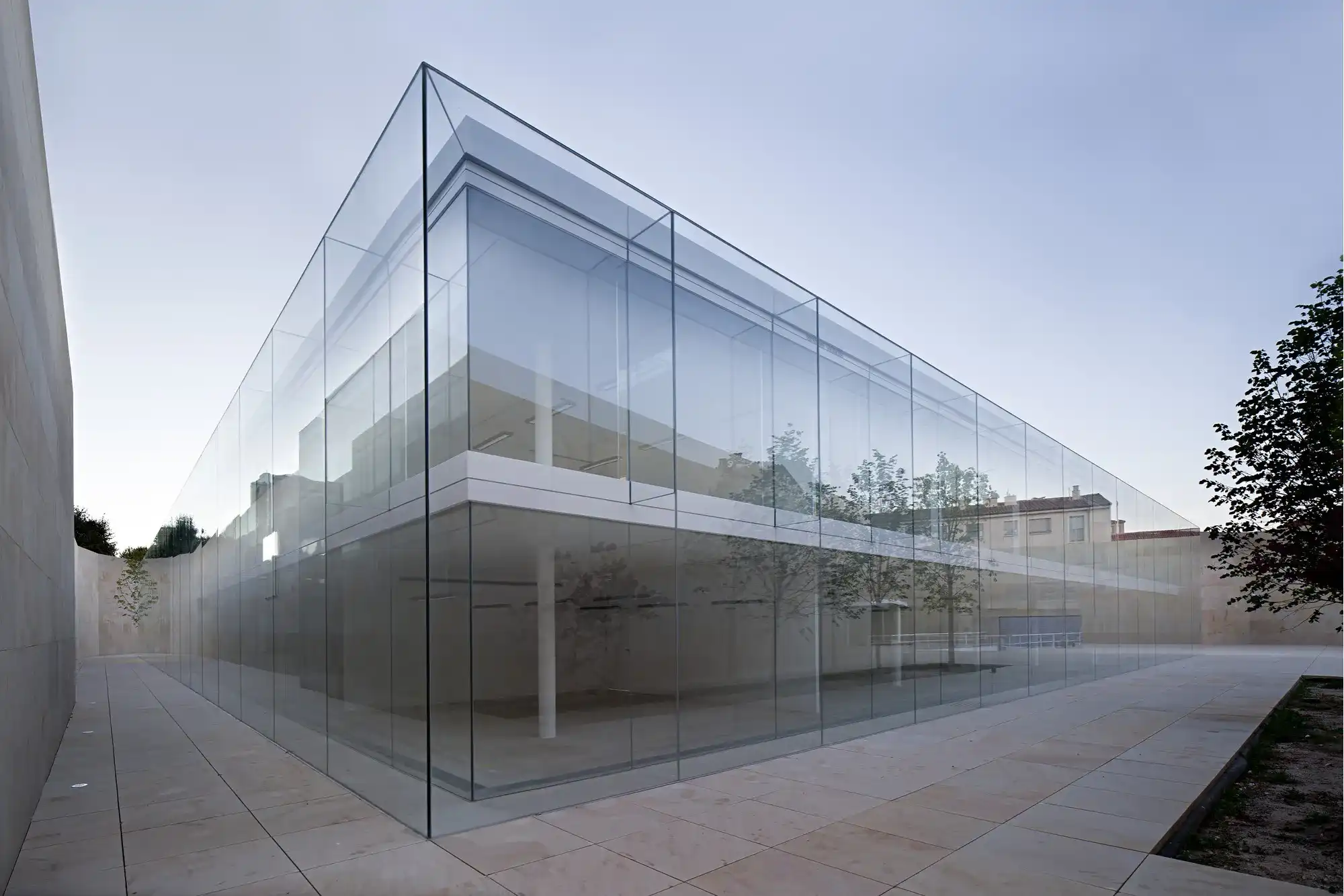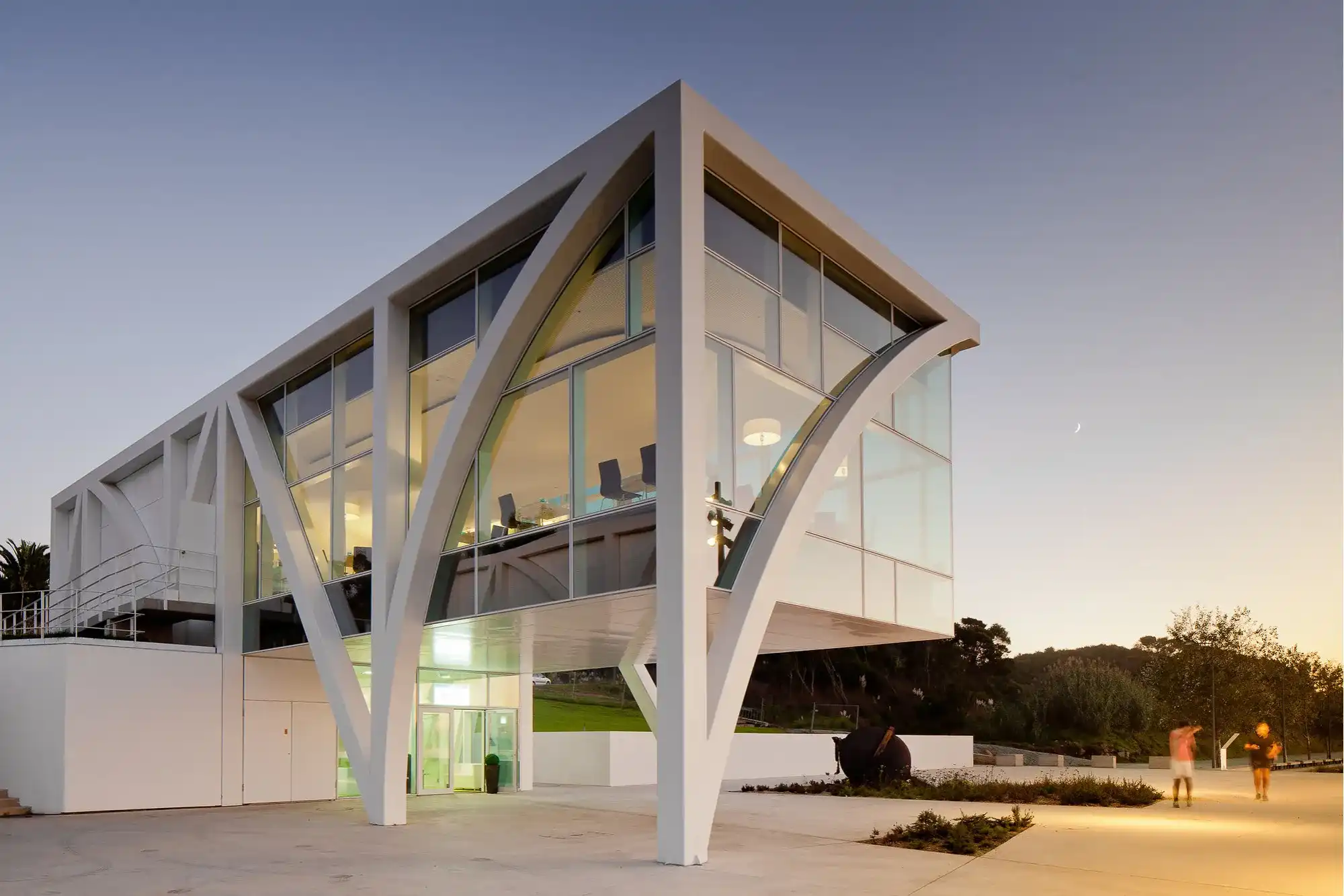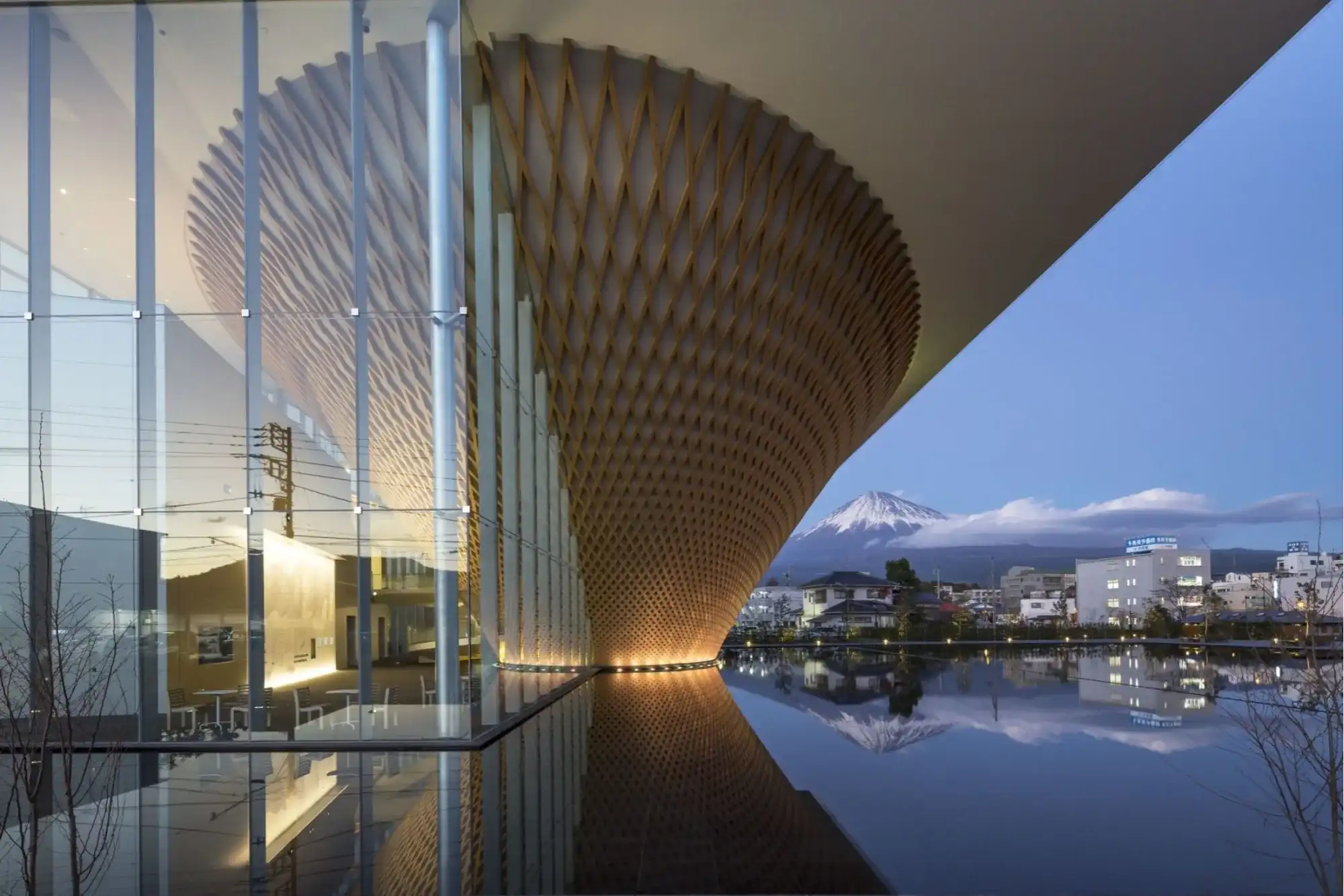Architectural aluminium and glass have transformed the world of modern architecture, reshaping skylines, urban landscapes, and interior spaces alike. These materials have become indispensable, particularly in commercial and high-rise construction. Offering a balance of aesthetics, functionality, and sustainability, architectural aluminium and glass are vital components in contemporary building design. This article explores their evolution, properties, applications, and benefits in modern construction.
The Evolution of Aluminium and Glass in Architecture
Historically, building materials were limited to wood, stone, and brick, but with the advent of modern technology, aluminium and glass became game-changers in the architectural world. Their initial use can be traced back to the 19th century when glass began to dominate building façades and windows. The development of architectural aluminium came later, particularly in the mid-20th century, as the material was refined for use in lightweight, corrosion-resistant structures.
Aluminium’s flexibility and durability, coupled with the transparency and elegance of glass, allowed architects to experiment with more open, light-filled spaces. The combination of these materials gave birth to a new wave of architectural design characterized by minimalism, transparency, and the seamless blending of indoor and outdoor spaces.
Properties and Characteristics of Aluminium in Architecture

Aluminium is a lightweight, yet incredibly strong material. This makes it ideal for large structures, such as skyscrapers, where the strength-to-weight ratio is critical. Its malleability allows architects to create complex shapes and forms that would be difficult to achieve with other materials. Here are some key properties of aluminium:
- Lightweight and Durable: Aluminium weighs about one-third of steel or copper, yet it is strong enough to withstand the pressures of structural loads. It also has high resistance to corrosion, making it ideal for external applications.
- Recyclability: Aluminium is 100% recyclable, and recycling aluminium requires only 5% of the energy used in its initial production. This makes it one of the most sustainable materials in the construction industry.
- Thermal Performance: Aluminium offers excellent thermal performance when combined with thermal breaks and advanced glazing systems. This ensures energy efficiency in buildings, reducing heating and cooling costs.
- Aesthetic Flexibility: Aluminium can be anodized, painted, or powder-coated in a wide range of colors, making it highly versatile for different architectural styles.
Properties and Characteristics of Glass in Architecture
Glass, once considered a fragile material, is now a fundamental element in modern architecture due to technological advancements that have made it stronger and more energy-efficient. Some of its key properties include:
- Transparency and Natural Light: The ability of glass to allow natural light to permeate a building is one of its most significant advantages. This creates a connection between indoor and outdoor environments while reducing the need for artificial lighting.
- Energy Efficiency: Modern glass technology has developed various coatings and tints that improve thermal insulation. Low-E (low emissivity) glass, for example, reflects heat back into the room, keeping buildings warmer in the winter and cooler in the summer.
- Acoustic Insulation: Laminated glass and double-glazing systems offer excellent soundproofing qualities, making them ideal for buildings located in noisy urban environments.
- Safety and Security: Innovations like tempered and laminated glass have increased the safety of glass in buildings. These types of glass are resistant to breakage and, when they do break, they shatter into small, non-sharp pieces.
Applications of Architectural Aluminium and Glass
Aluminium and glass are used in a variety of ways across architectural projects, from façades to interior design. Their versatility has allowed them to dominate both commercial and residential projects.
- Curtain Walls and Facades: One of the most popular applications of architectural aluminium and glass is in curtain walls, which are non-load-bearing walls that allow for large expanses of glass. Curtain walls are often seen in high-rise buildings and skyscrapers, offering a sleek, modern appearance while providing natural light and energy efficiency.
- Skylights and Roof Systems: Glass allows for the installation of skylights, which bring natural light into the heart of buildings. Aluminium is typically used for the framing due to its lightweight and durable properties.
- Doors and Windows: Aluminium frames combined with large glass panels are used extensively in doors and windows. These materials offer superior weather resistance, energy efficiency, and aesthetic appeal.
- Interior Partitions and Balustrades: Glass, often framed by aluminium, is also used in interior design for partitions, creating open-plan spaces while maintaining separation. Aluminium and glass balustrades are popular in staircases and balconies, offering safety without obstructing views.
- Solar Control Systems: Aluminium and glass are often combined in solar shading systems, such as louvers or brise-soleil, which help to control the amount of sunlight entering a building, improving energy efficiency.
The Benefits of Using Aluminium and Glass in Architecture
Architectural aluminium and glass offer numerous advantages, both in terms of aesthetics and functionality. Below are some of the key benefits of these materials in modern construction.
- Aesthetic Appeal: The sleek, clean lines of aluminium, coupled with the transparency and openness of glass, create visually stunning structures. The use of these materials enhances the sense of space, making buildings appear more open and inviting.
- Energy Efficiency: Both aluminium and glass can contribute to the energy efficiency of a building. Glass allows for natural light, reducing the need for artificial lighting, while aluminium can be combined with advanced glazing systems to provide superior thermal insulation.
- Sustainability: As mentioned earlier, aluminium is 100% recyclable, and modern glass technology is also improving in terms of sustainability. Recycled glass is increasingly being used in construction, reducing the environmental impact of new buildings.
- Durability: Aluminium is highly resistant to corrosion, even in harsh environments such as coastal areas. Glass, particularly tempered and laminated varieties, is incredibly strong and durable, making it suitable for both interior and exterior applications.
- Low Maintenance: Both aluminium and glass require minimal maintenance. Aluminium does not rust, and glass can be easily cleaned, making these materials highly practical for long-term use.
- Flexibility in Design: The versatility of both materials allows architects to experiment with different forms and styles. Aluminium can be molded into intricate shapes, while glass can be customized with tints, coatings, and textures to meet various design and functional needs.
Challenges and Considerations
While aluminium and glass offer many advantages, there are some challenges to consider when using these materials in architectural projects:
- Cost: The initial cost of using aluminium and glass can be higher than traditional materials like wood or brick. However, their long-term benefits, such as energy efficiency and durability, often offset the initial investment.
- Thermal Conductivity: Aluminium is a good conductor of heat, which can lead to thermal bridging if not properly insulated. Modern thermal break systems, however, address this issue by separating the interior and exterior components of aluminium frames.
- Glare and Heat Gain: While glass allows for natural light, it can also result in glare and heat gain, particularly in hot climates. This issue can be mitigated with the use of tinted or coated glass and by incorporating shading devices.
The Future of Architectural Aluminium and Glass

As technology continues to evolve, the use of aluminium and glass in architecture is likely to increase. Innovations in glass technology, such as self-cleaning and smart glass, are enhancing the performance and functionality of this material. Similarly, aluminium is being integrated with new materials and systems to further improve energy efficiency and sustainability.
The trend towards green building practices will also play a significant role in the future of aluminium and glass architecture. Both materials have the potential to contribute to LEED (Leadership in Energy and Environmental Design) certifications and other sustainability standards. As architects strive to design buildings that are both beautiful and environmentally responsible, aluminium and glass will remain key players in modern construction.
Architectural aluminium and glass have revolutionized the way buildings are designed and constructed. Their versatility, aesthetic appeal, and performance make them ideal materials for a wide range of applications, from high-rise skyscrapers to residential homes. As the demand for energy-efficient, sustainable, and visually striking buildings grows, the role of aluminium and glass in architecture is only set to expand. With continued innovation and technological advancements, these materials will remain at the forefront of modern architecture for years to come.




